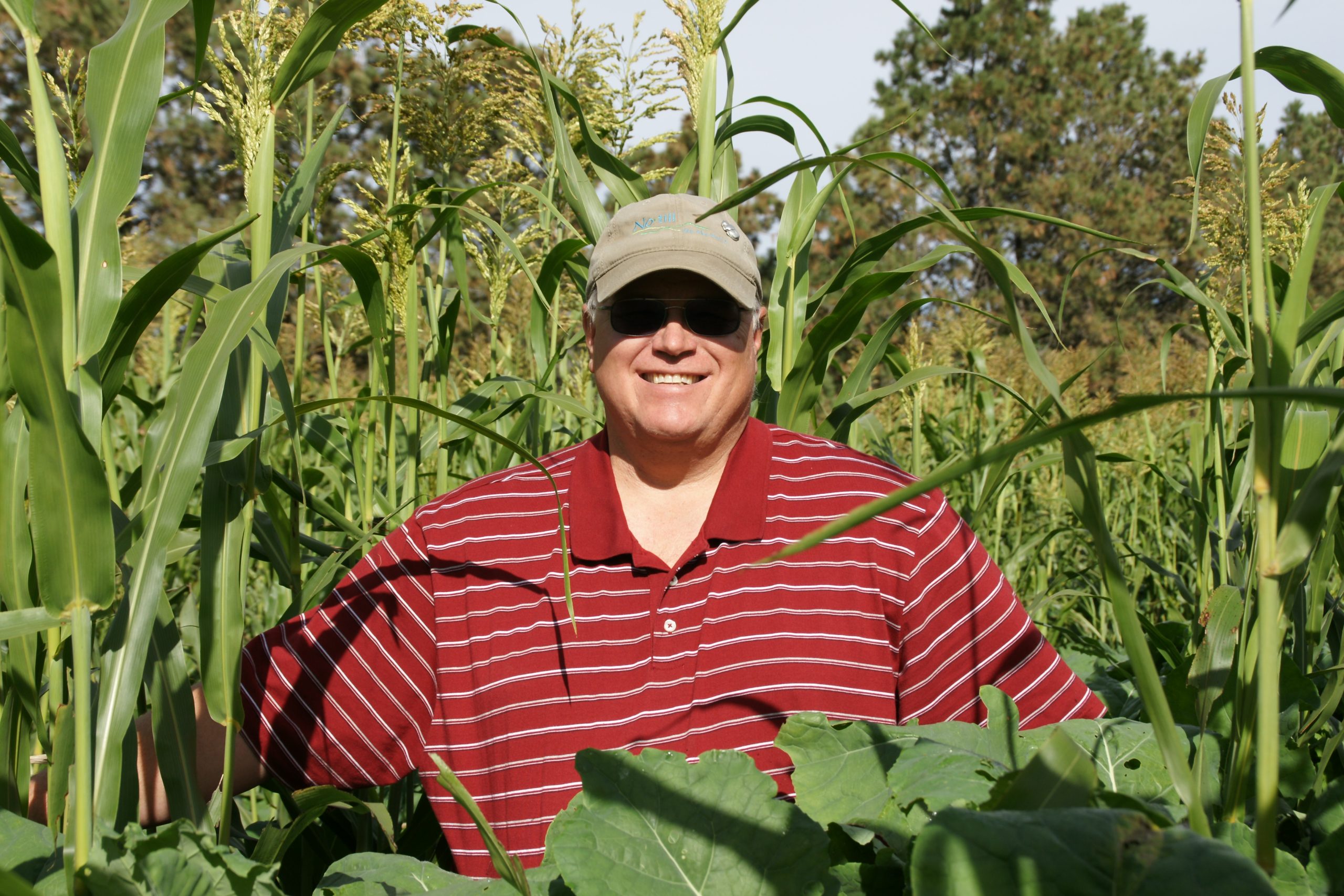Gabe Brown doing his part to keep the regenerative faith

Gabe Brown has been spreading the word about holistic and regenerative soil and farm management for decades. When High Plains Journal reached him, he was crossing a field in Wyoming and said he would talk as long as the signal held out.
Brown and his consulting firm, Understanding AG LLC, offers consulting and planning services for multi-enterprise systems, businesses, organizations and communities. Understanding Ag consults on 34 million acres of farmland—mostly in North America, but also in Ireland, Sweden and the United Kingdom. It offers soil health academies around the country.
Long-tme view
Brown has been one of the visionaries behind the soil health regenerative movement. While the movement has grown he has had a front-row seat for many years.
Brown is big on “natural nutrient cycles.” He said most of today’s farms are “degraded.” When he asks farmers, “How is soil aggregate built?” most can’t give a direct answer, he said. “We are degrading our own soil. We need to quit degrading that resource.”
Many of Brown’s practices are returns to what farmers were doing for generations before modern agriculture. Regenerative agricultural principles “focus on restoring and enhancing soil health by using principles that create more diverse soil microbiological communities,” according to the Understanding Ag website. “Regenerative farming practices allow food growers to create an ideal subterranean home for soil microbes that, in turn, deliver nutrients to plants, improve soil function (including fertility and water infiltration) and increase the nutrient density of the food they produce—at far less cost than conventional farming practices.”
Learning by trial and error
Sticking to corn and soybeans alone, even in rotation, contributes to this soil degrading, Brown said. He advocates planting cover crops, including cereal rye, between corn and soybeans.
Restoring soils would go a long way toward improving the looming water crisis on farms. Rainfall should be infiltrating through 5 to 10 inches of properly managed soil, Brown said. Instead, most farmers are lucky if they get 1 or 2 inches of infiltration.
“Tillage destroys the soil,” he said. “Most farmers are two weeks away from a drought” because their soils don’t hold enough water. “My soils aren’t like that.” Healthy soil should be storing 20 to 25 gallons of water per square foot. Brown says the use of tile drainage contributes to a “broken water cycle.” Regenerative ag will reduce the drawdown of the aquifers. In Understanding Ag’s case studies are stories of flooded farms recovering much more quickly than their tilled neighbors due to the soils’ better biological resiliency.
Brown and his extensive team of farmer-experts back up what they say with soil testing and trials. All of Understanding Ag’s practices pay strict attention to long-term profitability. Understanding Ag doesn’t promise instant yield growth, but it does focus on long-term profitability and soil restoration.
A big part of that is reducing input expenses. Farmers who adopt his practices typically reduce fertilizer use by at least 40% to 60% and can eliminate fungicides altogether. Brown says he doesn’t use genetically modified organisms “because there’s no reason to,” although many of his clients do grow them.
David Murray can be reached at [email protected].



